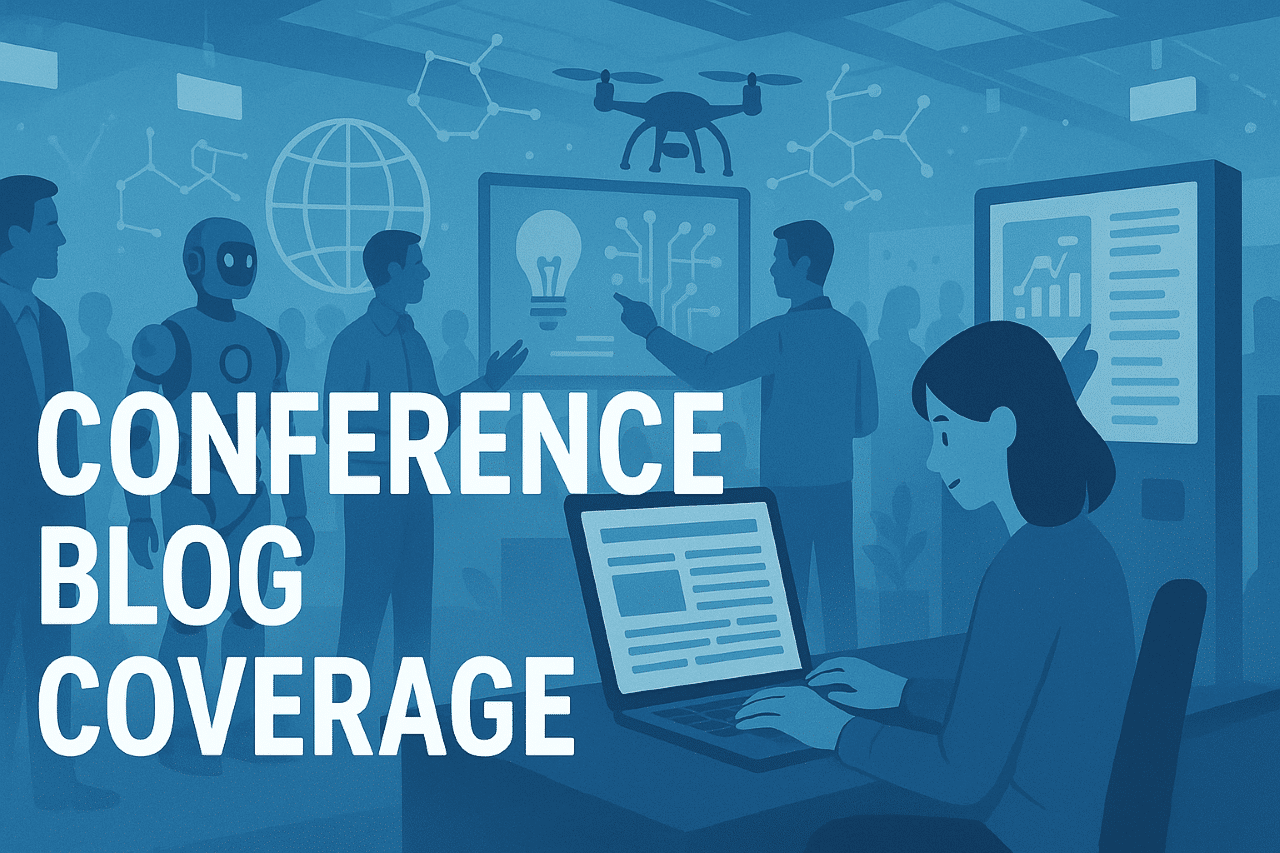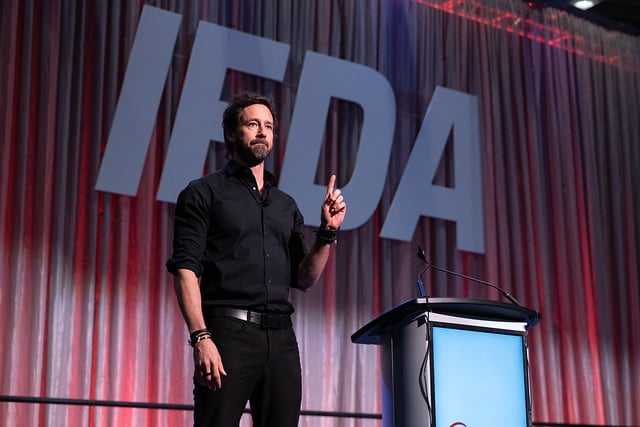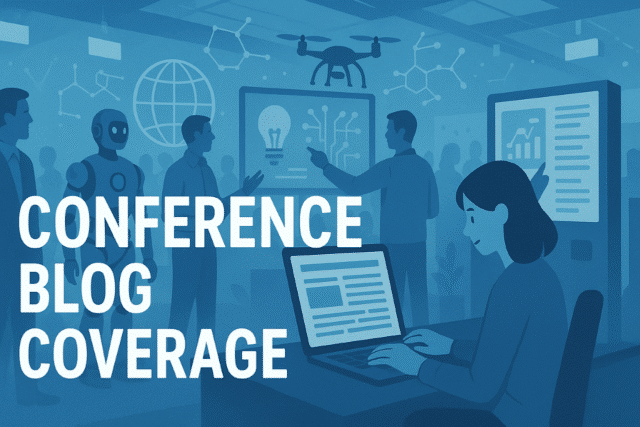Six Key Insights from the IFDA Solutions Conference

Whether it’s about innovation, technology or business complexity, the 2025 IFDA Solutions Conference was filled with the latest insights on key topics for this industry. The education sessions and expo offered perspectives on how trends are evolving and what’s ahead. Here are six of the key insights showcased.
1-HUNTING DISCOMFORT: Change in the business world can be uncomfortable and people need to prepare for that reality, emphasized conference keynoter Sterling Hawkins. His book “Hunting Discomfort” explains how to get breakthrough results in life and business. He provided motivational energy to help attendees acclimate to change, such as change sparked by organizations aiming to drive innovation. “It’s important to build your discomfort muscle,” he emphasized. “Only in the discomfort of change will new possibilities emerge. We need to embrace change.”

2-PRIORITIZING DATA: The importance of leveraging robust data to advance technology and automation was underscored by several conference speakers. Data is needed to guide innovation strategies and serve as a check on assumptions, they said. “I recommend you allow the data to drive your solutions,” said Jesse Hardy, Regional Sales Manager, Systems in Motion. “There are times when automation does not make sense for certain needs.
He emphasized, “Use the data to drive the ROI.”
3-MANAGING COMPLEXITY: Too often organizations overcomplicate strategies and then miss the benefits that come with keeping things relatively simple. Speakers discussed opportunities to streamline the number of technologies employed in foodservice distribution automation projects, put together clear statements to define objectives and plan projects in segments rather than all at once. “Don’t put four technologies into a building when you can do with two,” said Cortney Hunt, Chief Operating Officer at Trew Automation.
4-ACING COMMUNICATION: Distributors need to keep internal teams informed when pursuing strategies that will impact wider organizations, emphasized conference presenters. They described this as a critical step in successful change management. Ryan Pelphrey, Vice President, Enterprise Routing, US Foods, addressed this topic in a session about enhancing route planning and delivery execution, and explained how internal communications played an important role in supporting his company’s strategy. “We had a driver engagement process,” he said. “We explained why we’re doing this and why it’s important for driver safety and performance.”
5-EMPHASIZING TECH INNOVATION: Innovation involving technology was spotlighted at the conference. Speakers relayed the dangers of falling short on tech innovation, as it can become a competitive disadvantage. In this industry, executives sometimes make this point by referring to ‘the Amazon effect.’ Distributor customers increasingly expect robust B2B ordering and delivery technology and experiences because they’ve become accustomed to this from their use of technology in their personal lives, such as from Amazon. “We need to make technology in B2B just as useful and easy as in B2C.” said Mark Dunlap, Head of Solutions, Choco, in a showfloor interview.
6-ENGAGING WORKFORCES: This industry is focusing on how to attract and retain people to ensure its workforces stay vibrant. Companies are striving to enhance employee engagement and boost the industry’s attractiveness to the next generation of workers. At the conference expo, this goal was underscored by a giant trailer from the nonprofit Be Pro Be Proud. This organization’s trucks, each of which house multiple computer stations, are used to engage more than 100,000 high school students a year. They provide interactive simulations of workforce roles in sectors such as distribution and transportation. Conference attendees had the opportunity to visit these experiential learning stations to discover how the organization connects with students.
Article authored by freelance writer David Orgel.

